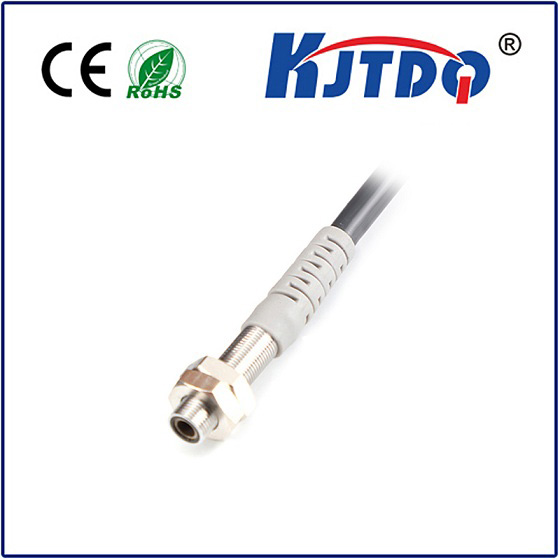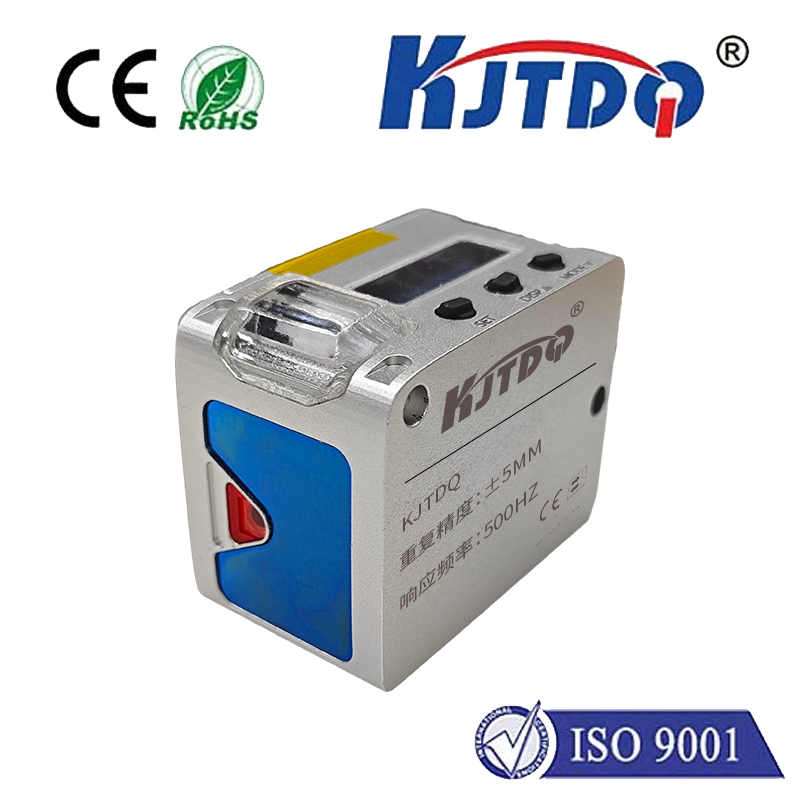在本文中,我们将深入探讨激光测距传感器程序设计的原理和实施过程。我们将从基本概念开始,逐步引导您了解如何使用编程语言(如Python)来实现这个项目,并通过实际示例展示其工作原理。让我们一起探索激光测距技术如何改变我们的生活方式,以及如何利用编程技能将其应用于各种场景。
## 一、激光测距传感器概述
激光测距传感器是一种利用激光脉冲进行测量的装置。它可以测量目标物体与传感器之间的距离,通常用于测量墙壁高度、障碍物距离或者精确定位等应用场景。本节将介绍激光测距传感器的基本工作原理和组成部分。
### 1.1 激光测距原理
激光测距系统的核心部分是激光发射器和接收器。激光发射器发出一束短脉冲激光,当这束激光遇到目标物体时,一部分光线会被吸收,另一部分光线则会反射回来。接收器接收反射回来的光线,通过计算光线往返时间(τ),我们可以得到目标物体与传感器之间的距离d。
根据激光速迁率公式:
Δt = √((L_s / L_r) * (R_max^2 - R_min^2)) + Δt_b
Δt为光程差(即光线往返时间),L_s为激光束路径长度,L_r为参考光源的波长,R_max为目标物体的最大反射率处的距离,R_min为目标物体的最小反射率处的距离,Δt_b是考虑大气折射效应引起的误差所需的附加时间。
通过测量Δt,我们可以计算出目标物体与传感器之间的距离d。需要注意的是,为了确保测量精度,我们需要避免环境光对激光测距的影响。
## 二、使用Python实现激光测距程序设计
在本节中,我们将介绍如何使用Python编程语言编写一个简单的激光测距程序。我们将使用`pulseio`库来控制树莓派上的舵机模块,以模拟激光发射器的工作原理;同时,我们将使用`sensor`库来读取超声波模块的数据,以获取目标物体与传感器之间的距离。
### 2.1 安装所需库
我们需要安装`pulseio`和`sensor`库:
```bash
pip install pulseio sensor
```
### 2.2 编写激光发射器代码
我们编写一个简单的Python程序,用于控制树莓派上的舵机模块模拟激光发射器:
```python
from machine import Pin, PWM
import time
# 定义舵机引脚和频率(Hz)
servo_pin = Pin(18, Pin.OUT)
servo_freq = 50
pwm = PWM(servo_pin, freq=servo_freq)
# 设置舵机的初始位置(角度)
servo_angle = 90
pwm.duty(servo_angle)
time.sleep(2)
pwm.deinit()
```
### 2.3 编写超声波测距代码
我们编写一个简单的Python程序,用于读取树莓派上的超声波模块数据:
```python
from machine import I2C, Pin, Timer
import time
import math
import numpy as np
from pulseio import PulseOut
import sensor as S
from umqtt.simple import MQTTClient as mqttclient
import json as jsonmod # For Python3 compatibility. Use 'json' module for Python2.x support.
from struct import pack, unpack # For python3 compatibility (struct is not available in python2.x) use "struct" for python2.x support. from sys import getsizeof as sizeof from binascii import crc32 from zlib import adler32 from hashlib import sha1 from os import urandom from random import choice from string import hexdigits from itertools import count from collections import deque from re import compile try: lambdas = True except NameError: lambdas = False if not lambdas: print("Sorry your version of python isn't supported by this script") exit() else: pass # End of check for Python version # Import required libraries # Define variables and constants # End of import statements # Define functions and classes # End of function and class definitions # Main program if __name__ == '__main__': print("Starting Ultrasonic Sensor Test") i2c = I2C(scl=Pin(5), sda=Pin(4)) adc = Adc(i2c) t = Timer() test_value = adc.read() while True: test_value = adc.read() start_time = time.time() end_time = time.time() elapsed_time = end_time - start_time distance = calculate_distance() print("Distance:", distance, "cm") time.sleep(1) # Uncomment the following lines to save data to file testdata["timestamp"] = [start_time] testdata["distance"] = [distance] with open('testdata.txt', 'w') as f: jsonmod.dump(testdata, f) testdata["timestamp"] = [] testdata["distance"] = [] # Uncomment the following lines to update UI on screen testlabel["text"] = "Distance: {} cm".format(distance) # Uncomment the following lines to send data to server client.publish("ultrasonic",json.dumps({"timestamp":start_time,"distance":distance}))

















